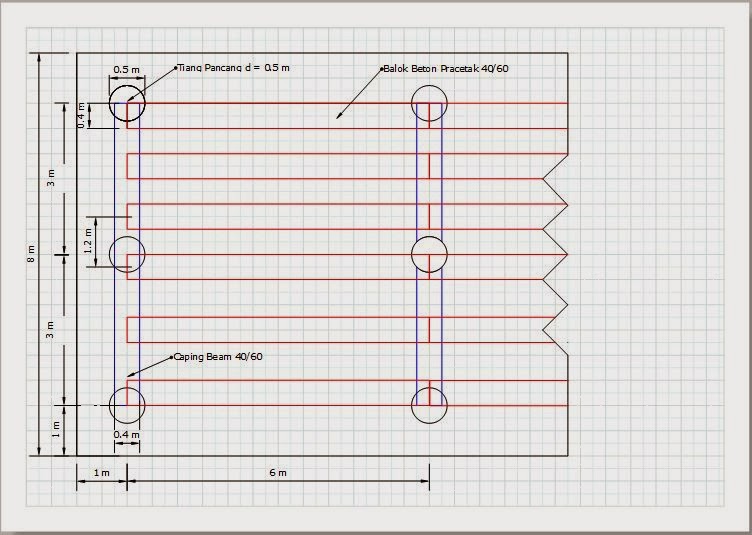Pipeline Hot taping
Hot taping is the method of making a connection to existing piping or pressure vessels without the interruption of emptying that section of pipe or vessel. This means that a pipe or tank can continue to be in operation whilst maintenance or modifications are being done to it. The process is also used to drain off pressurised casing fluids.[3]
Hot tapping is also the first procedure in line stopping, where a hole saw is used to make an opening in the pipe, so a line plugging head can be inserted.
Situations in which welding operations are prohibited on equipment which contains:
- Mixtures of gases or vapours within their flammable range or which may become flammable as a result of heat input in welding operations.
- Substances which may undergo reaction or decomposition leading to a dangerous increase in pressure, explosion or attack on metal. In this context, attention is drawn to the possibility that under certain combinations of concentration, temperature and pressure, acetylene, ethylene and other unsaturated hydrocarbons may decompose explosively, initiated by a welding hot spot.
- Oxygen-enriched atmospheres in the presence of hydrocarbons which may be present either in the atmosphere or deposited on the inside surface of the equipment or pipe.
- Compressed air in the presence of hydrocarbons which may be present either in the air or deposited on the inside surfaces of the equipment or pipe.
- Gaseous mixtures in which the partial pressure of hydrogen exceeds 700 kPa gauge, except where evidence from tests has demonstrated that hot-tapping can be done safely.
Based on the above, welding on equipment or pipe which contains hazardous substances or conditions as listed below (even in small quantities) shall not be performed unless positive evidence has been obtained that welding/hot tapping can be applied safely.
Line stopping or line plugging is a means of isolating a piping system to provide a shut off where none exists. This process serves as a control, or temporary valve, that can be removed after alterations or valve replacements have been made. With a hot tap previously made on a line, a line stopper is attached to a temporary valve, and the valve is opened. The line stopper ishydraulically or mechanically pushed into the line to seal the pipe. The main is supported by the line stop sleeve.[1] After performing the necessary service, the stop is removed, and a blind flange is installed on the sleeve. There are various types of line stopping heads.
A single line stop can be used to stop off and abandon a shutdown. Two or more line stops can be used in tandem to isolate and bypass many intersecting lines at once. Fluid in the line is bypassed, leaving a workable dead section to alter, repair or add a valve while service provided by this line is continued.

Figure 1. Pipeline hot taping
Source: http://en.wikipedia.org/wiki/Hot_tapping.January 2015
http://en.wikipedia.org/wiki/Line_stopping. January 2015
http://gs-press.com.au/images/news_articles/cache/Hot_tapping-600x0.jpg. January 2015


Komentar
Posting Komentar